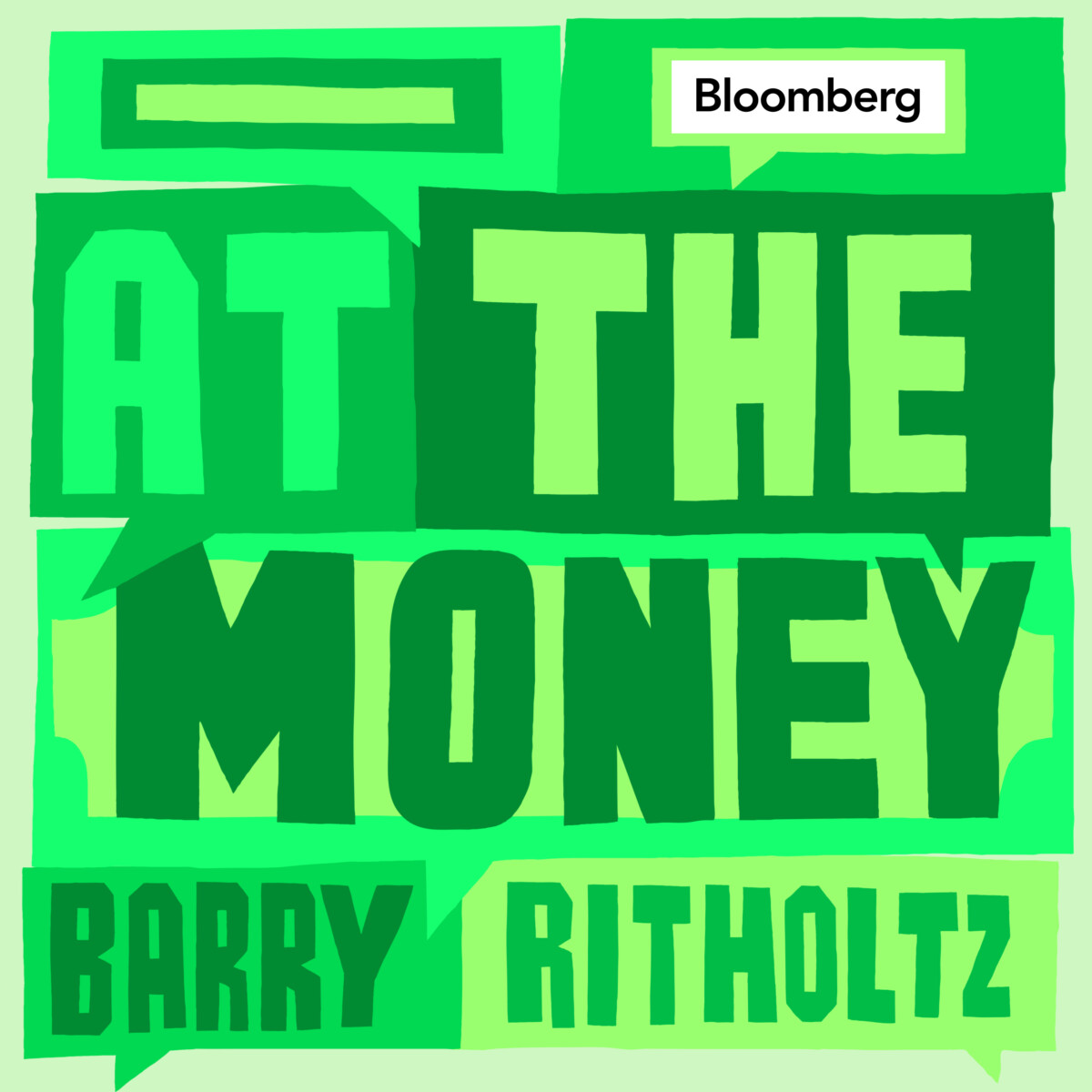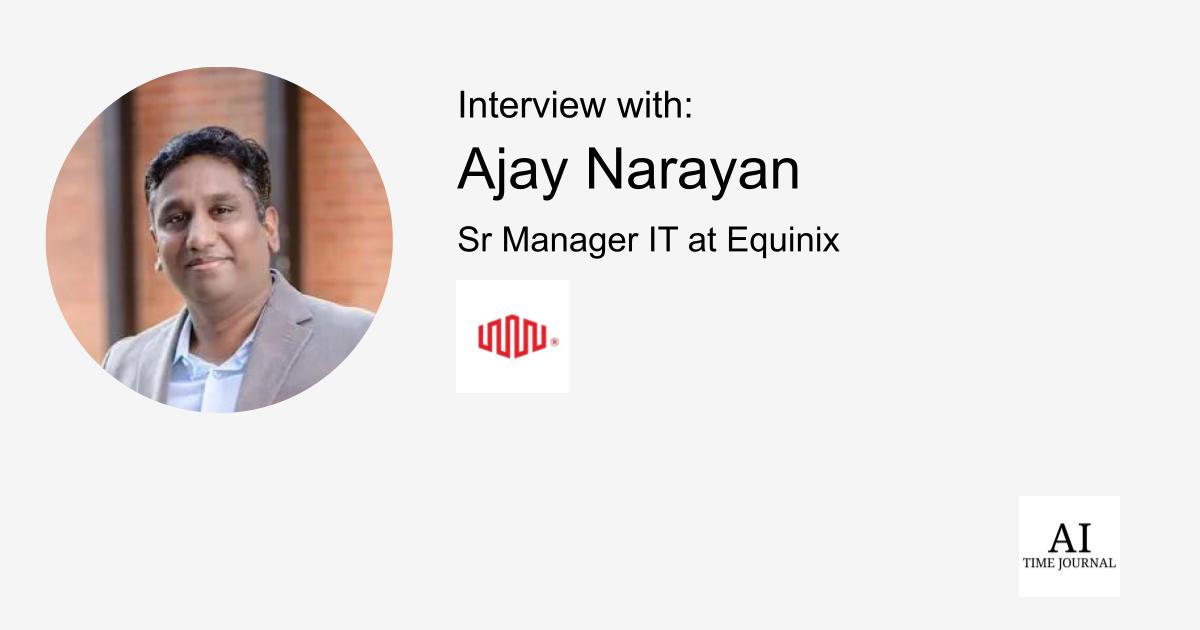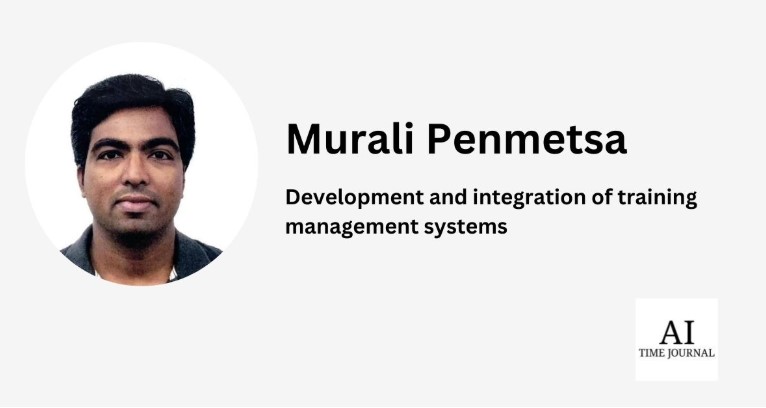At The Money: Are Hedge Fund Right For You?
At the Money: Are Hedge Fund Right For You? (February 5, 2025) At five trillion dollars, hedge funds have never been more popular — or less hedged. Investors have lots of questions when allocating to this trading asset class, including how much capital do you need? What percentage of your portfolio should be… Read More The post At The Money: Are Hedge Fund Right For You? appeared first on The Big Picture.

At the Money: Are Hedge Fund Right For You? (February 5, 2025)
At five trillion dollars, hedge funds have never been more popular — or less hedged. Investors have lots of questions when allocating to this trading asset class, including how much capital do you need? What percentage of your portfolio should be allocated? Are all answered in our conversation.
The full transcript is below.
~~~
This week’s guest: Ted Seides is the founder and CIO of Capital Allocators. He learned about alts working under the legendary David Swensen at the Yale University Investments Office. His latest book is Private Equity Deals: Lessons in investing, dealmaking, and operations.
For more info, see:
~~~
Find all of the previous At the Money episodes here, and in the MiB feed on Apple Podcasts, YouTube, Spotify, and Bloomberg. And find the entire musical playlist of all the songs I have used on At the Money on Spotify
TRANSCRIPT:
Ted Seides: Are Hedge Fund Right For You?
Musical Intro:
Go on, take the money and run
Go on, take the money and run
Hoo-hoo-hoo
Go on, take the money and run
Go on, take the money and run
Barry Ritholtz: Thinking about putting some money into hedge funds? You know all the rockstar names who produce eye popping returns. Chasing that performance has led the hedge fund space to swell to over 5 trillion in assets today, with forecasts topping 13 trillion globally by 2032. But not all hedge funds are created equally.
Investors should ask themselves. Is this the right investment vehicle for me? I’m Barry Ritholtz, and on today’s edition of At the Money, We’re going to discuss how you should think about investing your money in hedge funds To help us unpack all of this and what it means for your portfolio. Let’s bring in Ted Seides, Ted began his career under the legendary David Swenson at the Yale University Investments Office.
Today, he’s founder and CIO of Capital Allocators and hosts a podcast by the same name, his book, “So You Want to Start a Hedge Fund, Lessons for Managers and Allocators” is the seminal work in the space. So Ted, let’s start out with the basics. Why hedge funds? What’s the appeal?
Ted Seides: The original premise of hedge funds was to deliver an equity-like return in marketable securities with less risk than the equity markets.
So literally hedged funds, a fund that had some hedging component that would reduce risk.
Barry Ritholtz: And today, I think a lot of so called hedge funds are not exactly hedged. They seem to be falling into all sorts of different silos.
Ted Seides: Hedge fund as a term became this very ubiquitous label. And if you look at how the industry has evolved today. You have funds that fall under hedge funds that look like that original premise of equity-like returns. And then you have a whole other set that look more like bond-like returns. And different strategies can fit into those two different groupings.
Barry Ritholtz: I mentioned in the introduction, we always seem to hear about the top 2% of fund managers who are the rock stars. Anyone who puts up like really big numbers wildly outperforming the market sort of gets feted by the media, and then they sort of fade back into what they were doing. It seems to create unrealistic expectations among a lot of investors. What sort of investment return expectations should people investing in hedge funds have?
Ted Seides: Those expectations should be more modest than what you might expect. read in the press. Barry, what you just described describes markets. People do well, they revert to the mean. It happens in every strategy. And certainly, the news sensationalizes great performance and lousy performance.
What you might read in the press is these incredible Renaissance Medallion, you know, 50 percent a year with these high fees.
Barry Ritholtz: 68%. If I recall, Greg Zuckerman’s book on Jim Simons.
Ted Seides: Now, if you looked at hedge funds as a whole and try to get at, let’s say, that equity like expected return, you’re talking about like a high single digits number. Has nothing to do with 68%. Most of the action isn’t on either tail. Most of the action’s right in the middle.
Barry Ritholtz: That seems to be very contrary to how we read and hear about hedge funds in the media. Is it that whoever’s hot at the moment captures, you know, the public’s fancy and then on to the next? That’s not how the professionals really think about the space, is it?
Ted Seides: That’s right. I think that’s generally how the media works at investing, right? The news stories. are the things that are on the tails, um, but it’s not how hedge funds are invested in by those who have their money at risk. They’re really looking at it as risk-mitigating strategies relative to your traditional stock and bond alternatives.
Barry Ritholtz: So we talk about alpha, which is outperformance over what the market gives you, which is beta. Lately, it seems that alpha comes from two places: Emerging managers — the new fund managers who kind of identify market inefficiency; and the quants who have seemed to be doing really well as of late. What do you think about these two sub sectors within the hedge fund space?
Ted Seides: In all of asset management, there’s this aphorism, size is the enemy of performance. And it’s certainly been true in hedge funds that, generally speaking, for a long time, Smaller funds have done better than larger funds. Not so sure that’s the case of emerging funds, which means new, but on size you, you get that.
Now what’s an interesting dynamic and it gets into the quant is more and more money has been sucked in by these so-called platform hedge funds: Citadel, Millennium, Point72, places like that, where have, they have multiple portfolio managers and do a phenomenal job at risk control.
And they’ve seemingly, in good markets and bad, generated that nice equity-like expected return. There has to be alpha in that because there’s not a lot of beta.
Barry Ritholtz: You said something in your book that resonated with me. The best allocators establish clear processes for evaluating opportunities and setting priorities. Explain what you mean by that.
Ted Seides: Well, before you just decide, I want to invest in a hedge fund, it’s really important to understand how are you thinking about your portfolio and how do hedge funds fit in. Now, keep in mind, hedge funds can mean lots of different things and that the strategies pursued by one hedge fund is going to look totally different from another one.
So you need to understand, what is it you’re trying to accomplish. Are you trying to beat the markets with your hedge fund allocation? Okay, you better go that takes a lot of aggressive risk. Are you trying to mitigate equity risk, but get equity-like returns? Okay. You might want to look at a Jones-model hedge fund that has longs and shorts, but has market risk. Or are you trying to beat the bond markets? You better go to one that doesn’t take equity risk.
You need to understand in advance, what is it you’re trying to accomplish through that investment and then go look for the solution, not the other way around, just by saying, oh, hedge funds are a good thing, let me go invest in them.
Barry Ritholtz: That sounds a lot like another phrase I read in the book, an acute awareness of risk. Should investors be thinking about performance first? Should they be thinking about risk first? Or are these two sides of the same coin?
Ted Seides: They are two sides of the same coin, but without a doubt, investors should be thinking about risk first. And that’s not specific to hedge funds. I would argue that’s true in all of investing.
If you understand the risk you’re taking and you look for some type of asymmetry or convexity, the rewards can take care of themselves. But, where you really get tripped up in hedge funds, and there’s a long history of this, going back to long term capital in 1998, is when risk gets out of control.
Barry Ritholtz: Long term capital management very famously blew up when Russia defaulted on their bonds. They were leveraged so this wasn’t like a bad year, this was a wipeout. How can an investor evaluate those risks in advance?
Ted Seides: Well, there are three pillars that don’t go together well. Concentration, leverage, and illiquidity. You can take any one of those risks, but if you take two or certainly three at the same time, that’s a recipe for disaster.
Barry Ritholtz: Your podcast is called Capital Allocators, leads to the obvious question, what percentage of, uh, capital should investors be thinking about allocating to hedge funds? Whether they’re a large institution or just a high-net-worth family office, where do we go in terms of what’s a reasonable amount of risk to take relative to the capital appreciation you’re seeking?
Ted Seides: If you start with the traditional risk construct, so let’s say that’s a 70 30 stock bond or 60/40, say 70/30, the question becomes, outside of your stocks and bonds, where do where can you get diversification?
And you might want to say, okay, I want equity-like hedge funds. And if you look at some of the most sophisticated institutions, that might be as much as 20 percent of their portfolio. The biggest difference for those institutions and high-net-worth individuals is taxes. Most hedge fund strategies are tax-inefficient.
So that Of that 5 trillion, the vast majority of it, maybe even as much as 90%, are non taxable investors. There are only some hedge fund strategies, and they tend to be things like activism that have longer duration investment holding periods, that make sense for taxable investors.
Barry Ritholtz: When you say, non taxable investors, I’m thinking of foundations, endowments. Large, not even tax deferred, just tax exempt entities that can put that money to work without worrying about Uncle Sam? Is that, is that right?
Ted Seides: That’s right. They have pension funds, non U. S. investors as well.
Barry Ritholtz: All right. So if you’re not, you know, the Yale endowment, but you’re running a pool of money, how much do you need to have to think about hedge funds as an alternative for your portfolio?
Ted Seides: You’re probably in the double-digit millions before it even makes sense to think about it
Barry Ritholtz: 10 million and up and you could start thinking about it. And then what’s a rational percentage? Is this a 10 percent shift or is this something more or less?
Ted Seides: I know for, for me individually, it’s a lot less than it was when I was managing capital for institutions. So for me individually, it’s about 5 percent because I need to feel like the managers are so good that they can make up for that tax disadvantage.
Barry Ritholtz: Taxes are part of it, illiquidity is part of it, and risk is part of it. Is that the unholy trifecta that keeps you at 5%?
Ted Seides: Depending on the strategy, a lot of hedge fund strategies have quarterly liquidity, so it’s not daily, but they are relatively liquid.
But for sure, Taxes matter, and then it’s just risk, like how much risk are you willing to take in the markets?
Barry Ritholtz: And, you know, since you mentioned liquidity, we hear about gates going up every now and then, where a hedge fund will say, “Hey, we’re, we’re, you know, a little tight this quarter and we’re not letting any money out.” How do you deal with that as an investor?
Ted Seides: You have to be very careful about what the structure of your investment is. So, to take an example, in the world of credit, distressed debt used to be bucketed in hedge fund strategies with quarterly liquidity. But it’s not a great match for the underlying liquidity of those debt instruments.
More and more, those moved into medium-term, say two to five-year investment vehicles. And now you see much more of that in the private credit world that has an asset-liability match. It’s much more appropriate for the underlying assets. So it’s less what the liquidity is and trying to make sure that whatever that hedge fund manager is investing in is appropriate for the liquidity that they’re offering.
Barry Ritholtz: Let’s talk a little bit about performance before the financial crisis, It seemed that every hedge fund was just killing it and, and printing money. Following the great financial crisis, hedge funds have struggled. Some people have said, you only want to be in the top decile or two. What are your thoughts on, on who’s generating alpha and how far down, um, the, the line you could go before, you know, you’re in the bottom half of the performance track.
Ted Seides: Over these last 15 years. the world has gotten a lot more competitive. So for sure, whatever pool of alpha was available before the financial crisis, if it’s the same pool, it’s, there are a lot more dollars pursuing it, and it’s been much harder to, to extract those returns. So I do think it’s become the case that some of the more proven managers that have demonstrated they can generate excess returns are the ones who have commanded more dollars.
So you’ve seen an increased concentration of the assets going to certain managers in the hedge fund space.
Barry Ritholtz: Let’s talk about fees. 2 and 20 has been the famous number for hedge funds for a long time. Although, we have heard over the past 10 years about 1 & 10, 1 & 15, where are we in the world of fees?
Ted Seides: You don’t see a lot of 2 & 20. And part of that is that fees are just determined by supply and demand. Think of it as a clearing price for supply and demand. So when returns generally have come down, those strategies don’t really command as high a fee structure because of the gross return is lower, the pie is a little smaller, you need to take a smaller slice of that pie.
The exceptions to that, of course, are the managers who have continued to deliver. And in some instances, you actually see fees going up.
Barry Ritholtz: 3 & 30?
Ted Seides: You’ve seen D.E Shaw raised their fees a year or two ago. But for the most part, that kind of one and a half and fifteen is probably around where the industry is.
Barry Ritholtz: There was a movement a couple of years ago towards Pivot fees or beta plus, which was, Hey, we’re going to charge you a very modest fee and you’re going to pay us only on our outperformance over the market. What, what happened with that movement? Did that gain any traction or, or where are we with that?
Ted Seides: Most of the institutions would be happy to pay high fees for true alpha. There are always efforts to try to figure out how do you separate the alpha from the beta, how can we pay not much for the beta, and happy to pay a lot for the alpha. At the same time, there’s of the 5 trillion in assets, 2 or 3 trillion have existed before people started talking about that.
So you already had a handshake on what the deal is. Those handshakes often are difficult to change, but for sure in new structures, when new capital gets allocated, you do see that attempt to really isolate paying for performance
Barry Ritholtz: What are some of the biggest misconceptions about investing in the hedge fund space?
Ted Seides: I think the biggest is where you let off, which is that it’s sensational in any way, shape, or form. In fact, hedge funds, when done well, are pretty darn boring. And that’s probably the biggest misconception.
The other is that, you know, It is a space that has a lot of new activity. In fact, it’s quite a mature industry at this point in time. And most of the capital is being managed by the firms who’ve been around for a long time.
Barry Ritholtz: You’re reminding me of the famous Paul Samuelson quote, “Good investing should be like watching paint dry or grass grow. If you want some excitement, take 800 bucks and go to Vegas.” There definitely is some, some truth to that.
Final question which is a quote of yours from the book: “The skill of capital allocation lies not in finding a good investment, but in identifying the one that fits best with the allocator’s strategy and constraints.” Discuss that.
Ted Seides:We talked about a little earlier, no investment fits Every investor the same way and so yes, it does matter to try to find say a great hedge fund in this example If that’s gonna fit with your portfolio, but what’s more important is understanding What are your goals and can these types of strategies help achieve your goals?
Barry Ritholtz: To sum up, if you have a long term perspective and you’re not awed by some of the big names and rock stars who occasionally put up spectacular numbers, and you’re sitting on enough capital that you can allocate 5 percent or 10 percent to a fund that might be a little riskier and have a little higher tax effects, but simultaneously could diversify your returns and could generate better than expected returns, you might want to think about this space.
You really want to think closely about your strategy and your liquidity requirements and be aware of the fact that the best funds may not be open to you and you may not have enough capital to put money in them. But if you’re sitting on enough cash and if you have identified a fund that’s a good fit with your strategy and your risk tolerance, there are some advantages to hedge fund investing that you don’t get from traditional 60/40 portfolios.
I’m Barry Ritholtz. You’re listening to Bloomberg’s At The Money.
Musical fade out:
Go on, take the money and run
Go on, take the money and run
Hoo-hoo-hoo
Go on, take the money and run
Go on, take the money and run
The post At The Money: Are Hedge Fund Right For You? appeared first on The Big Picture.

















_Agata_Gładykowska_Alamy.jpg?#)






















































